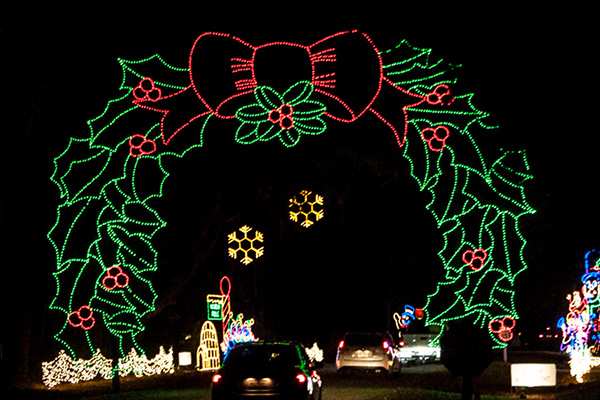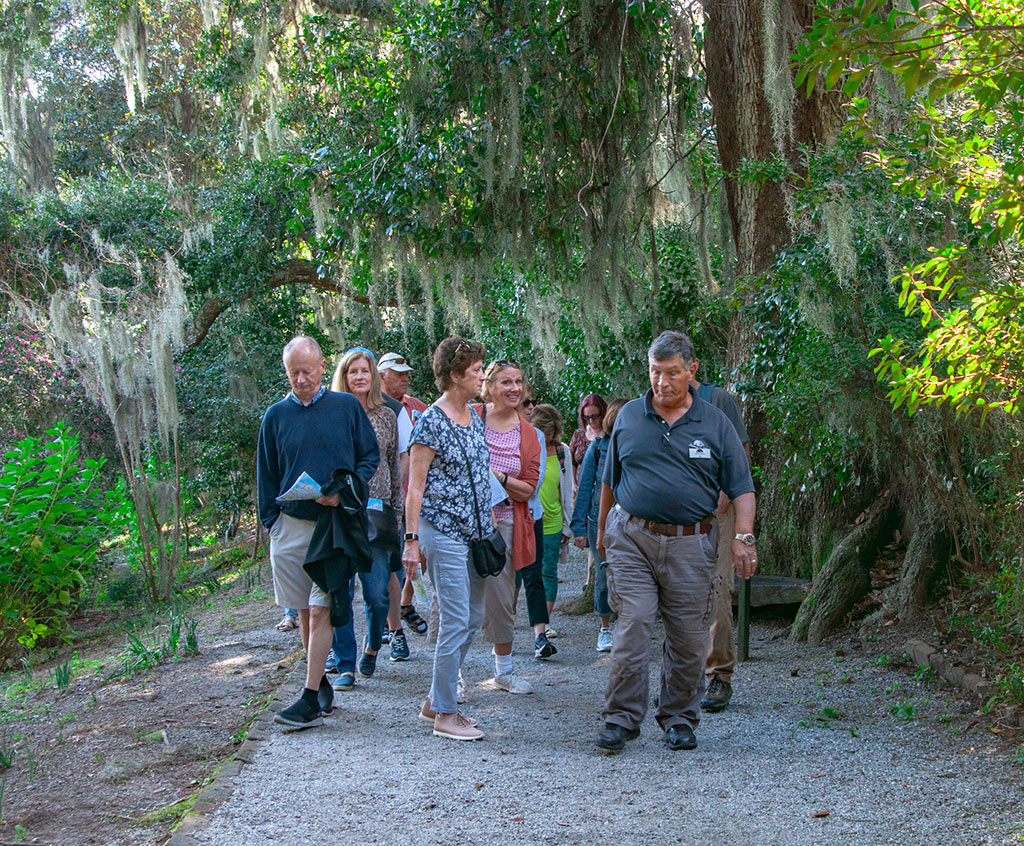Spring is here and so is the heat—and the rain. Sure splashing in puddles isn’t everyone’s cup of tea, but it certainly pleases the many flowers native to Charleston. Flowers start blooming as early as February here, but nothing compares to the blooms of late spring into summer down south. If you’re a local, why not incorporate these springtime staples into your own garden or Mother’s Day flower bouquet? And if you’re visiting Charleston, we here at Charleston Tours and Events certainly hope you brought a camera!
Here’s the best info on what to look for and where to look this late Spring season for flowers so bright and cheery they’re often hard to miss.
What to look for
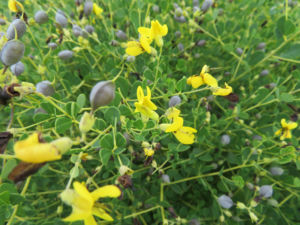
Baptisia tinctoria, more commonly known as wild indigo, thrives in the heat and sun Charleston’s climate provides so much of. Its light yellow to cream-colored petals make for a perfectly light and bright color palette for any springtime garden or bouquet. The young shoots may be cooked as a replacement for asparagus as well!
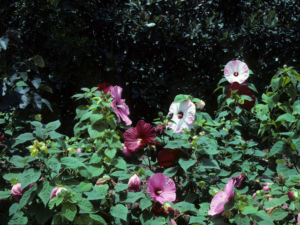
The shrubbery for hibiscus moscheutos, or the swamp rose mallow, has been known to grow up to seven feet tall! Humidity and plenty of rain make this white to pink bloom happy as a clam in the low-country. They are associated with platonic love and make an excellent addition to a friendly bouquet.
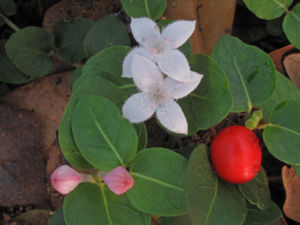
More of a creeping herb than a shrub, mitchella repens goes by partridge berry in laymans terms due in part to the bright red berries birds often snack on. Everything about this plant is dainty and springlike, from the tiny leaves to the small, pinkish-white flowers. Historically, some American Indian women brewed its leaves into tea for aid in childbirth.
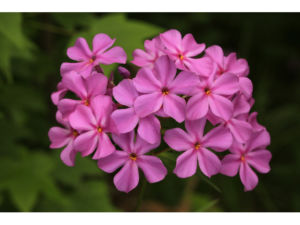
If you’re on the lookout for butterflies or hummingbirds, a quick way to know where to camp out is to look for phlox Carolina, the Carolina phlox! These lavender-to-pink clusters of small flowers brighten up any garden or room with its strong fragrance and its bird-bringing abilities add a picturesque fauna element to any garden.

Rudbeckia hirta is not a daisy but a black-eyed susan, similar though they may look. In their first year of blooming, a rosette of leaves bring some green into your spring season, and in year two you’ll spot their iconic bright yellow flower petals. Fun fact: the root juice has historically been used for treatment of earaches.
Where to Find them
The Oldest Garden in America: Magnolia Plantation and Gardens takes pride in its 464 acres of property, much of it laced in flora galore. Since they have a wide array of flowers, shrubbery, and trees, things are near-constantly in bloom, including many plants native to the low-country. You can see them all with Adventure Sightseeing’s walking tour of the gardens as part of our Magnolia Plantation tour.
Cypress Gardens: While on the hunt for flowers, why not spot some locations for movies such as “The Notebook” and “The Patriot”? This famous swamp garden holds many iconic flowers blooming in Charleston year-round—and quite a bit of wildlife as well. Of course, we can’t talk about Cypress Gardens without mentioning cypress trees, most known for their “knees” poking up from the ground or swamp water. You’ll definitely need your camera for this sanctuary.
Downtown Charleston: Many historic homes in Charleston keep perfectly manicured gardens and proudly display native plants along with more exotic ones. Stroll down Broad Street to catch some impressive displays and gather ideas for your own garden or perfect Mother’s Day bouquet.
Happy Hunting!
Explore Charleston this May with purpose: finding the breathtaking flowers in bloom. Having fun is key here, so to help you on your quest we at Charleston Tours & Events have put together a list of clues for finding some of these flowers with an answer key below to avoid spoilers. Happy spring from us to you!
- Though red and plump and edible, our fruit tastes quite bad; light flowers find our stems shareable, and on the ground we form a mat.
- Yellow with a large brown center, bristly are we; please don’t mistake us for daisies, as we have lots more leaves.
- Our masquerade as indigo succeeds in silhouette, but we are sunny yellow and frame quite a few homesteads.
- Wet, open areas are where we like to dwell; our large pink petals and tall stalks find the heat just swell.
Answer Key:
- Partridge Berry
- Black-eyed Susan
- Wild Indigo
- Swamp Rose Mallow

